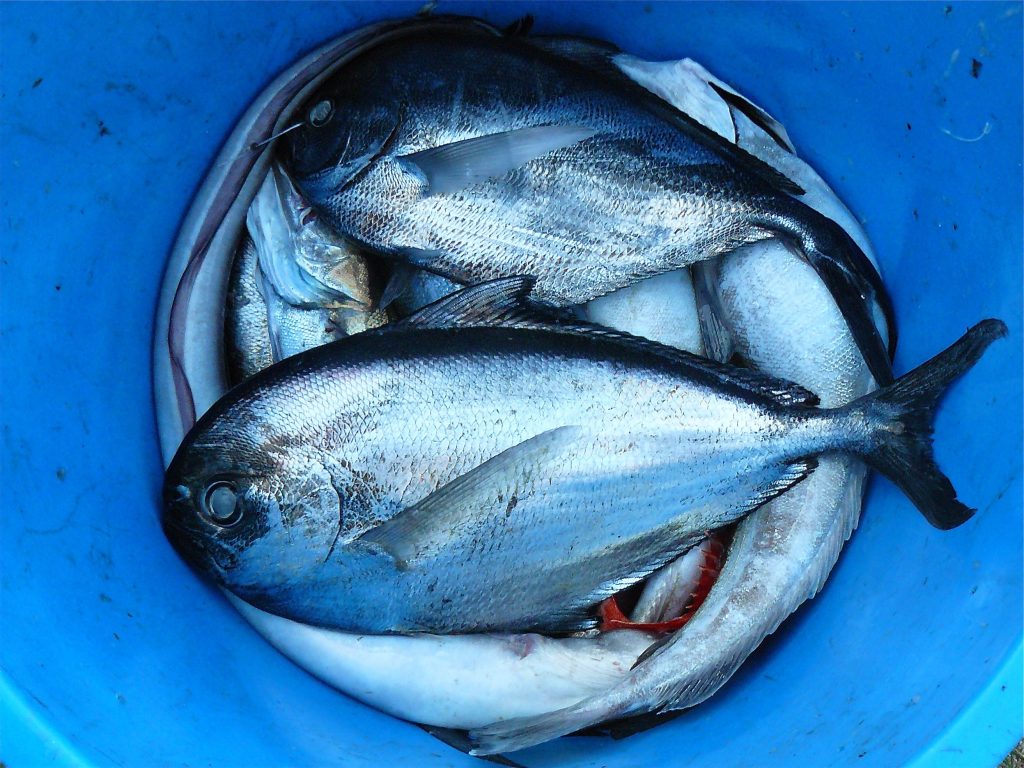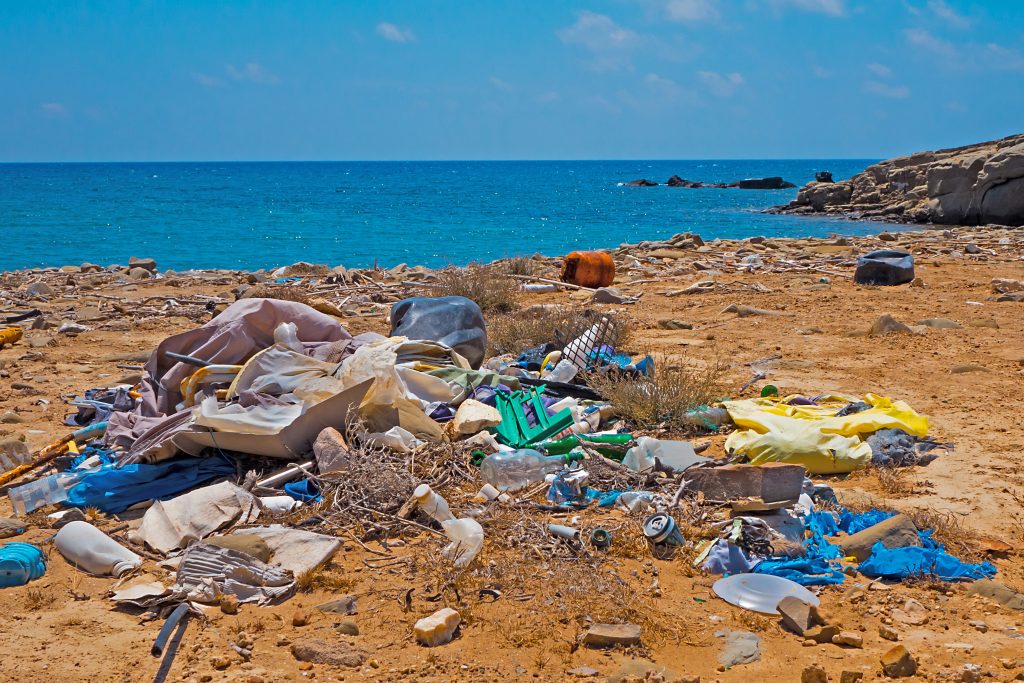Researchers from around the world sit at the microscope and detect tiny plastic particles, fibers, fragments and microbeads that have found their way into freshwater and saltwater species, both wild and farmed.
Scientists have found microplastics in 114 aquatic species, and more than half of them are common in our diet.

Until a few years ago there was no evidence that microplastics ever affected human health, but the sun, wind, waves and heat break down the material into tiny particles a few microns long (one micron is equivalent to one thousandth of a millimeter); some are so small that microscopic plankton, bivalves and fish have mistaken them for food.
Since the 1960s the production of plastics has grown by almost 9% every year. In 2015 alone 322 million tons were produced, according to UN data. Sooner or later much of that plastic ends up in the environment, particularly in the seas: about 8 million tons per year.

It was only a matter of time before the plastic created by humans returned to them.
A study, presented at a gastroenterology congress in Vienna, Austria, involved eight volunteers from the United Kingdom, Italy, Russia, Japan, Finland, Poland, the Netherlands and Austria. For one week they had to eat and drink the usual food, noting down everything they ate, whether it was fresh and the type of container their food was in. After a certain time, researchers from the Medical University of Vienna and the state environmental agency of the Alpine country took samples of their feces.
The results showed that, of the 10 plastics searched for, nine were found. The most common were propylene, a staple in milk and juice containers, and PET, from which most plastic bottles are made. Particle lengths ranged from 50 to 500 microns.
The researchers found 20 microplastics per 10 grams of fecal matter. From the diary kept by the participants, it is known that all consumed packaged food and at least six ate fish. But the research could not determine the origin of the particles found in the samples.
“This is the first study of its kind and confirms what we have long suspected, that plastics eventually find their way into the human gut,” Philipp Schwabl, a gastroenterologist and hepatologist at the Medical University of Vienna and lead author of the study, says in a note.
“Although in animal studies the highest concentration of plastics has been localized in the intestine, smaller microplastic particles can enter the bloodstream, the lymphatic system and even reach the liver,” he adds, concluding that research is urgently needed to find out “what this implies for human health.”